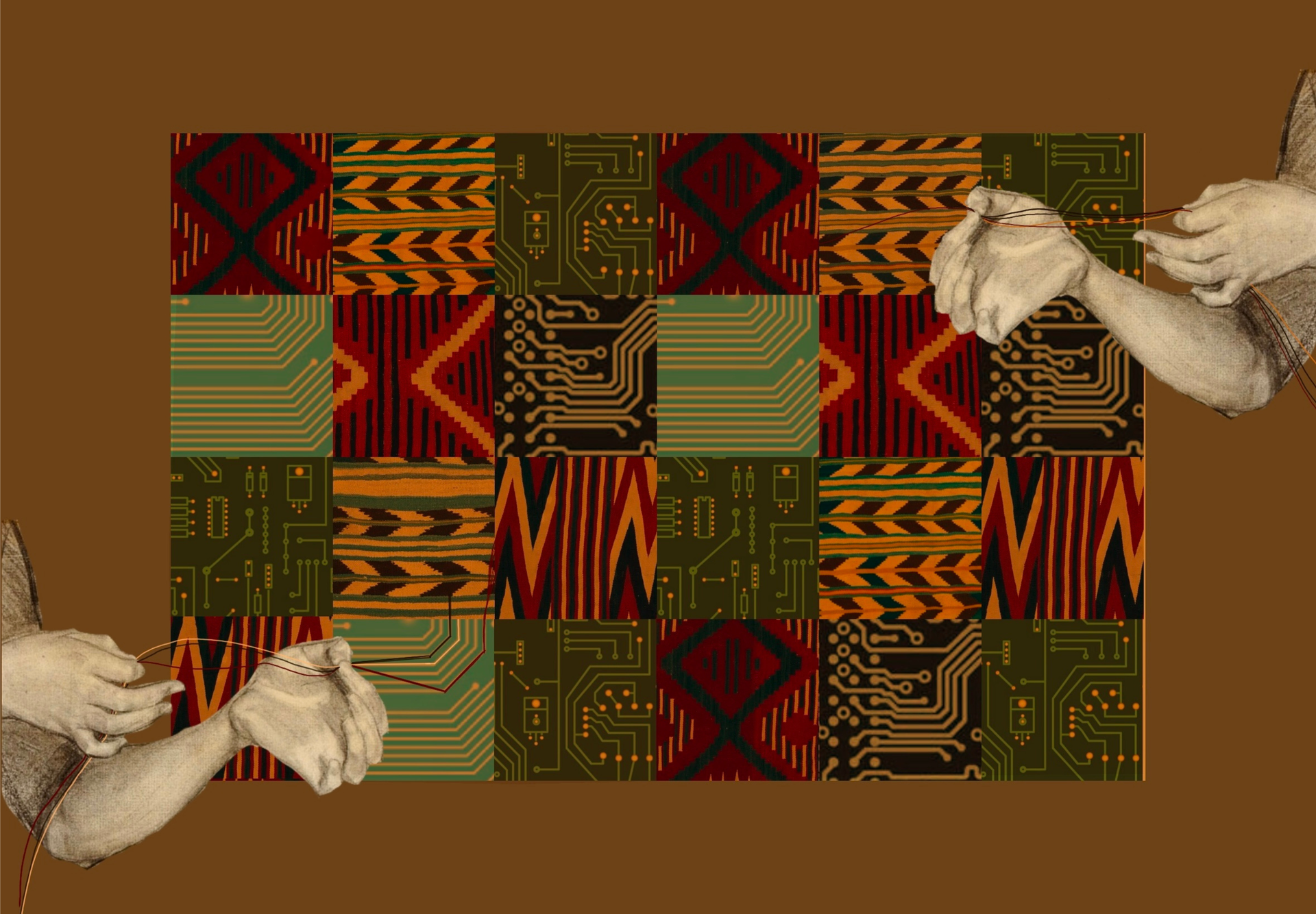On the Frontier of Health Chatbots
This is a published version of our On the Frontier (OtF) newsletter series. Every month we take one global critical challenge and explore what’s at the cutting edge of it, together. Click here to join the FT Network and receive our newsletter directly.
Hanna Barakat & Archival Images of AI + AIxDESIGN / https://betterimagesofai.org
From scripts to systems in sixty years
In 1966, MIT’s Joseph Weizenbaum built ELIZA, a simple chatbot that mimicked a therapist using basic pattern matching. Even knowing it was a machine, users reported feeling understood and supported, an early glimpse of what became the “ELIZA effect”: attributing more intelligence to machines than they deserve.
Sixty years later, we’re trusting chatbots more than ever. Recent HBR research found therapy, companionship and 'finding purpose' to be the top use cases for Gen AI in 2025, marking a definite shift from technical to emotional applications.
It makes sense. Chatbots meet people at the moment choices happen. That timeliness is valuable, and far exceeds the results of the past (older helpline data shows that slower replies lead to far lower impact). Behavioural science refers to this as “just-in-time support.” Small, specific nudges delivered when they matter most.
Our portfolio of chatbot pilots has grown alongside GenAI. We’ve spent six years testing how they can improve health outcomes, from lo-fi to AI, and we’ve learned a few things worth sharing.
When the system isn't ready for a chatbot
There's one learning that's indisputable: Health chatbots must be designed for, and with, the people who will use them. This means creating bridges to support those without smartphones or internet access. Sometimes an app isn't the right health intervention (yet).
Our AI podcast hosts have returned with a 15-minute case where that proved true.
In Malawi, a proposed AI-enhanced chatbot for survivors of gender-based violence ran into structural, digital, and socio-economic barriers: limited phone access in rural and marginalised communities, fears around privacy, patchy connectivity and nascent AI governance, and a male-dominated tech sector that sidelines feminist solutions.
Rather than moving forward with the chatbot, the team recommended a multi-layered, survivor-centred digital support ecosystem, leveraging technology grounded in the grounded in lived realities of the most marginalised: a private, low-bandwidth USSD channel (text-based menus on basic phones) linked to an AI chatbot, plus a service-provider dashboard to keep referrals current and track cases.
Do you want to hear how that could work in reality?
Still feeling curious? Here are three more highlights
AI has more potential beyond chatbots. Read the latest blog on how we're harnessing AI for aid effectiveness.
Read the report from our first chatbot offering sexual and reproductive health information in Kenya.
Our 10th Call for Ideas launches soon! Revisit the last successful applications for a head start on inspiration!
Ps. Have you heard about our Helpdesk offer? 🧑💻
The Frontier Tech Helpdesk supports members of the FCDO to explore how emerging technology and innovations can shape their work by providing tailored research, evidence, and advisory support. In fact, the AI for Education topic brief mentioned above was produced in response to a Helpesk request by an FCDO colleague. Click here to learn more and submit a request!
Thanks for exploring with us. If you want to join us again to explore what's On the Frontier, then sign up to the Frontier Tech Network to recieve it directly!



